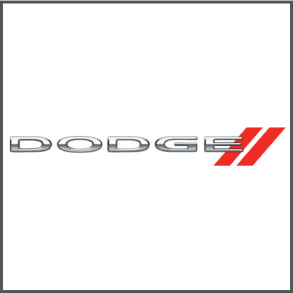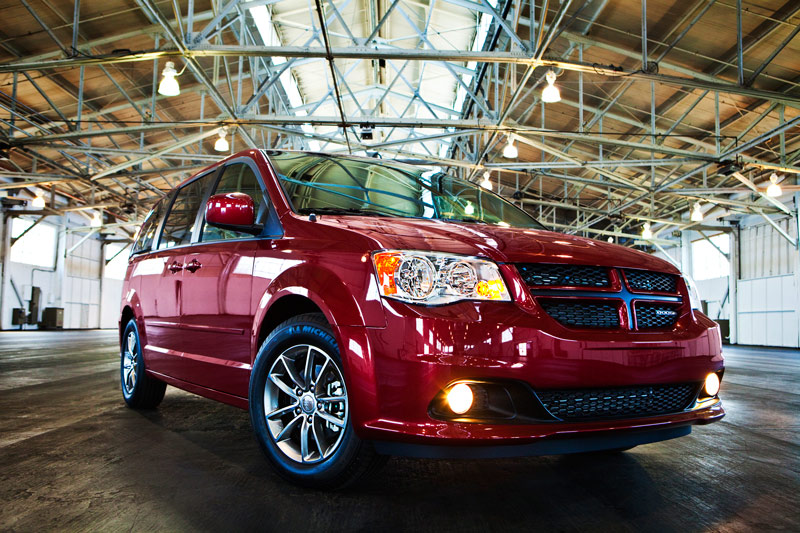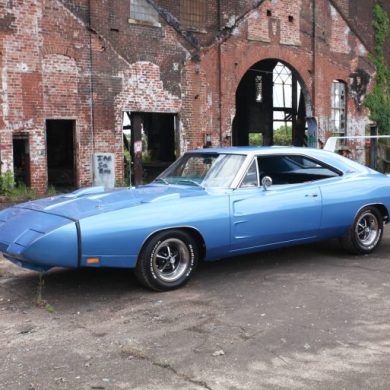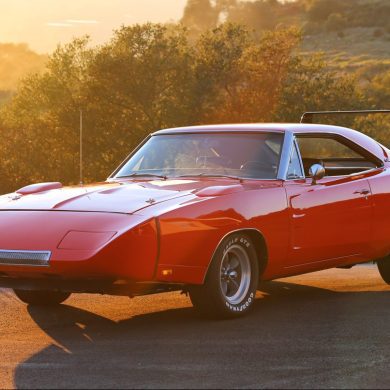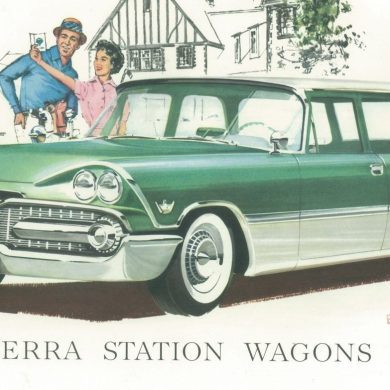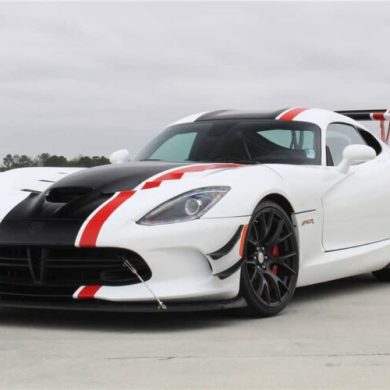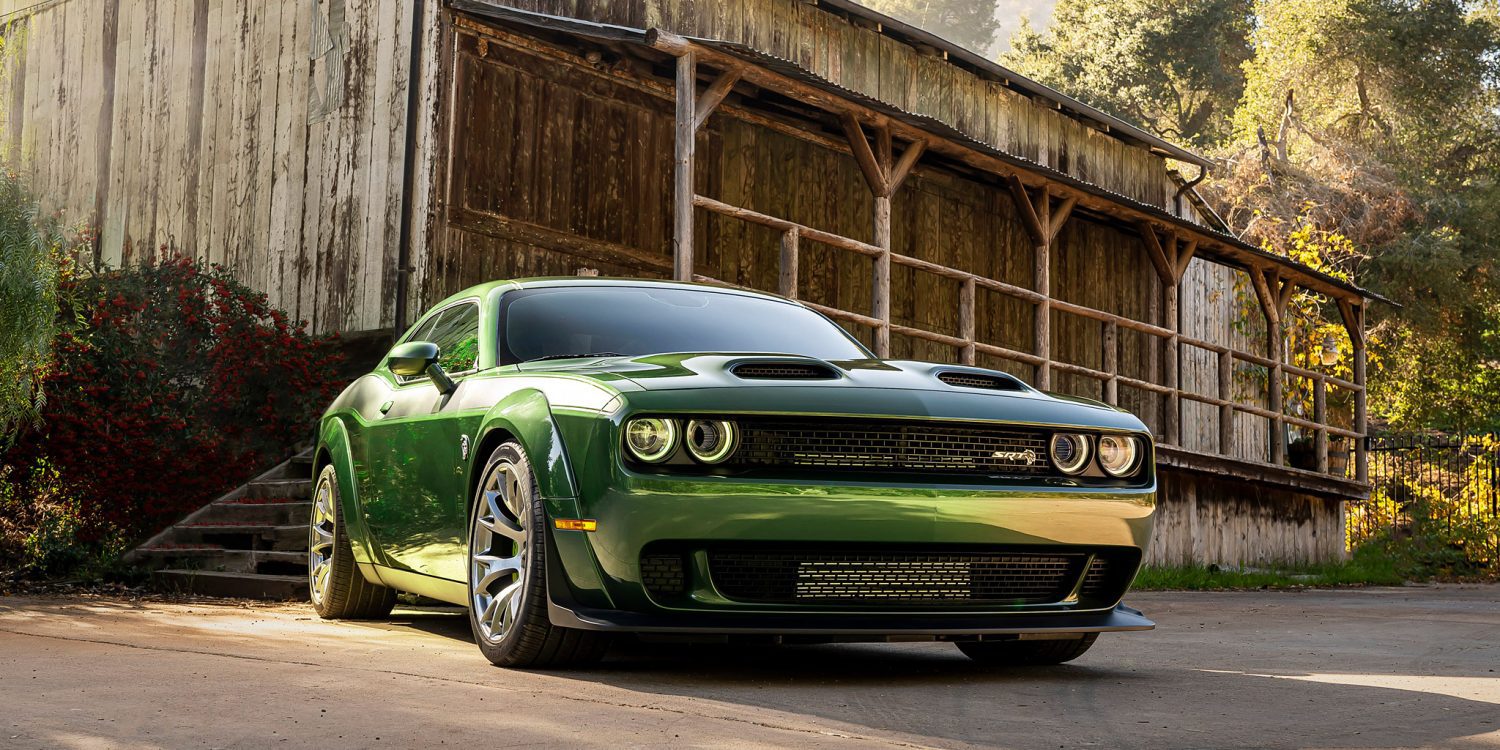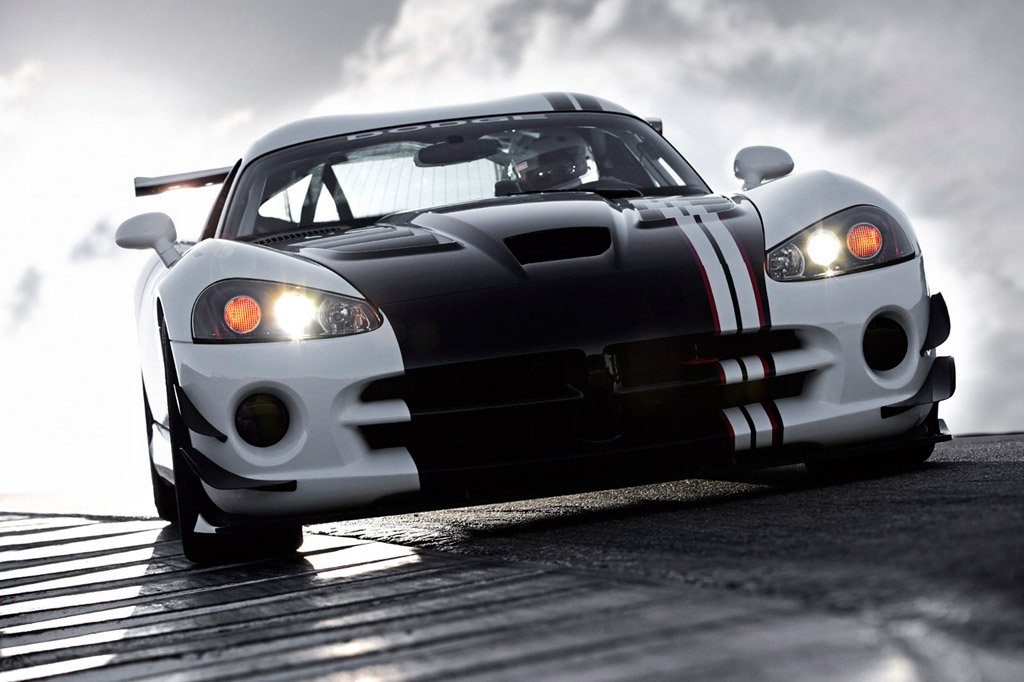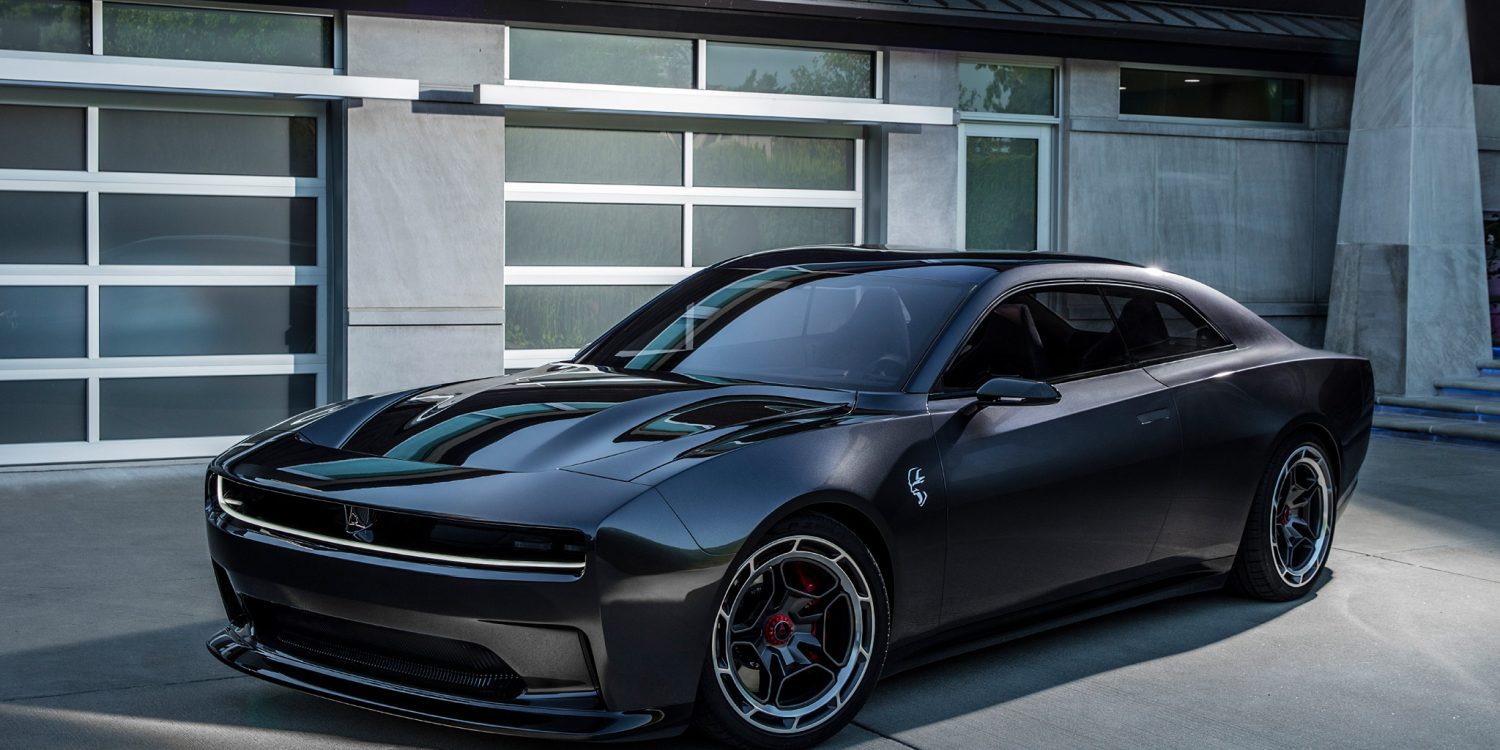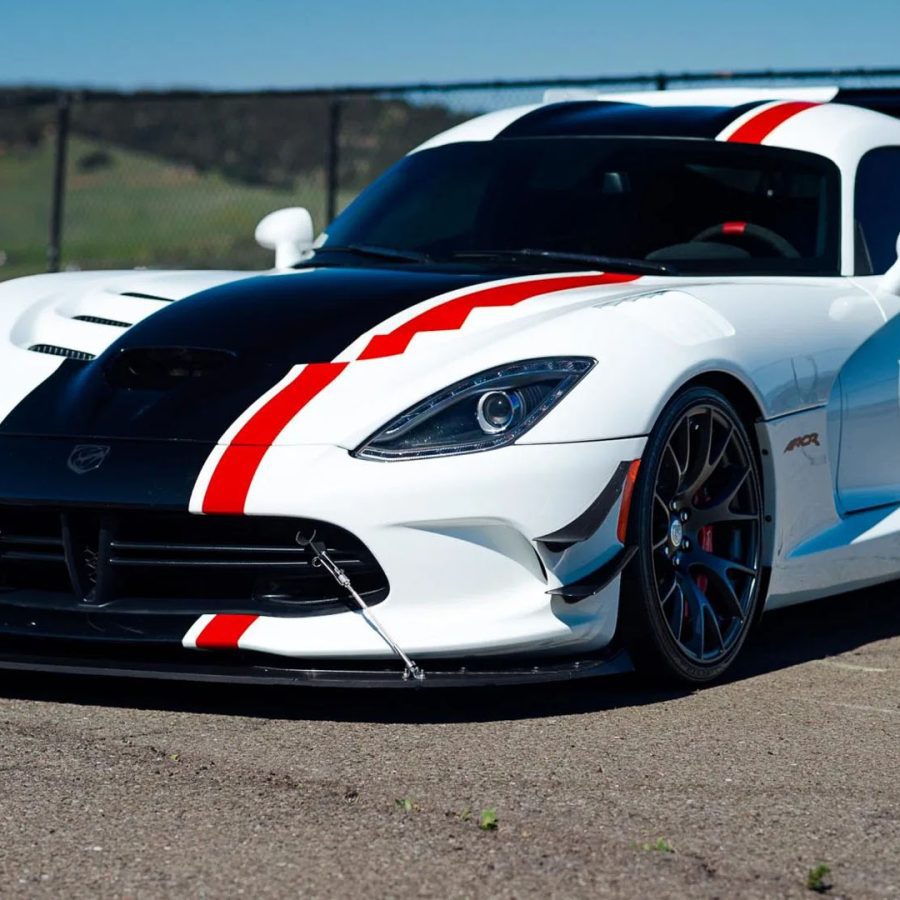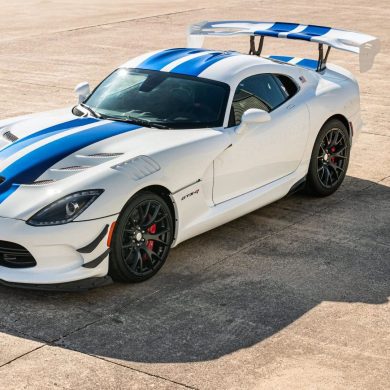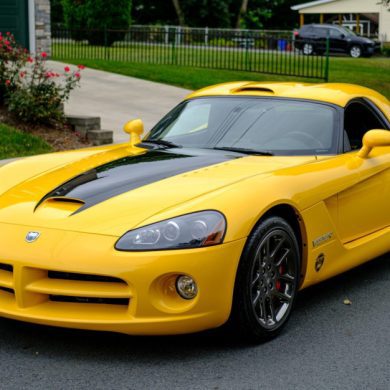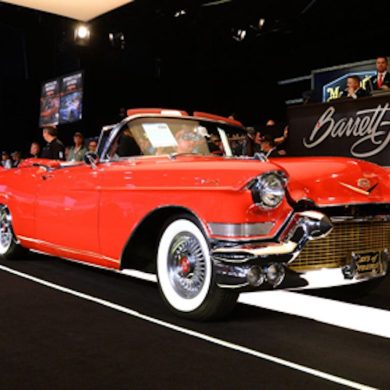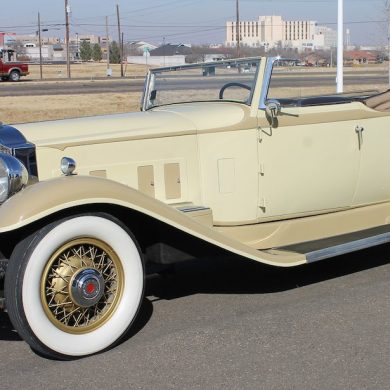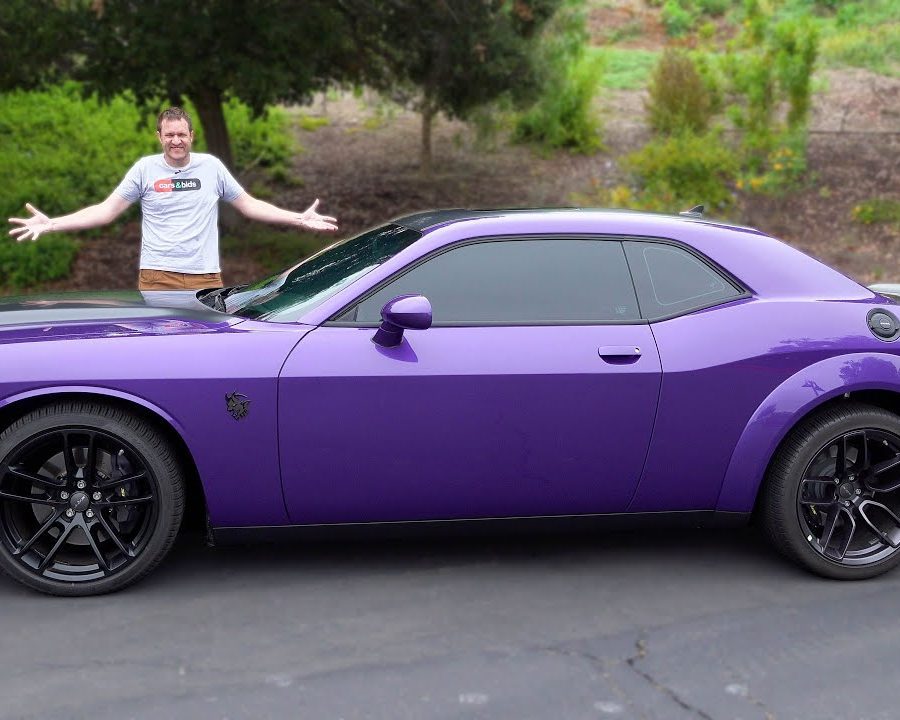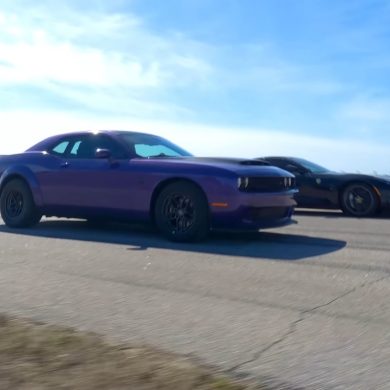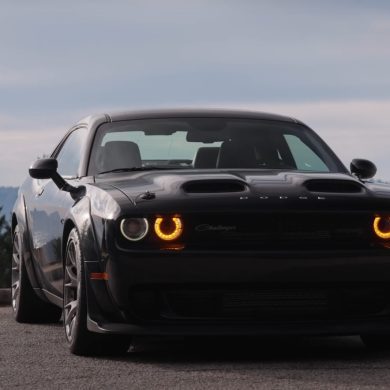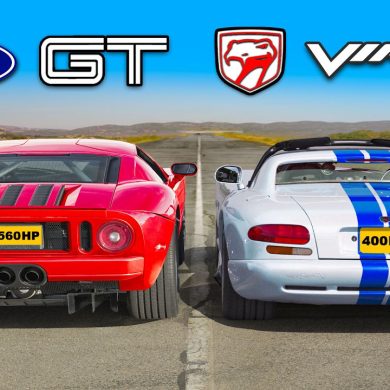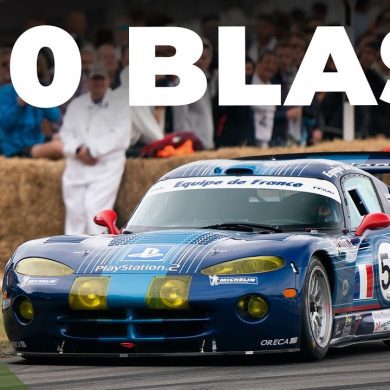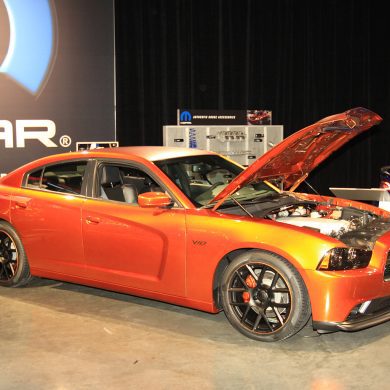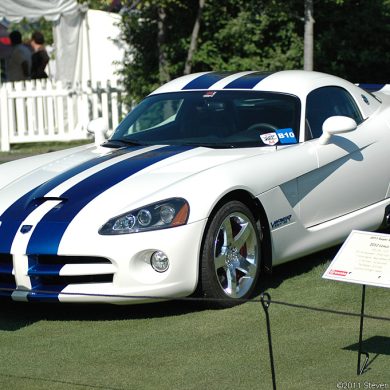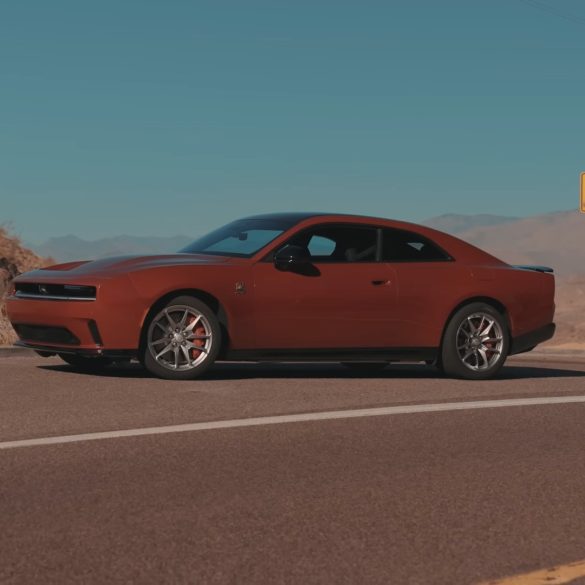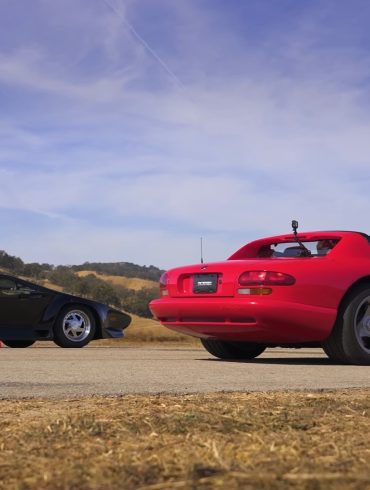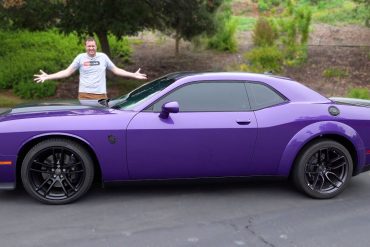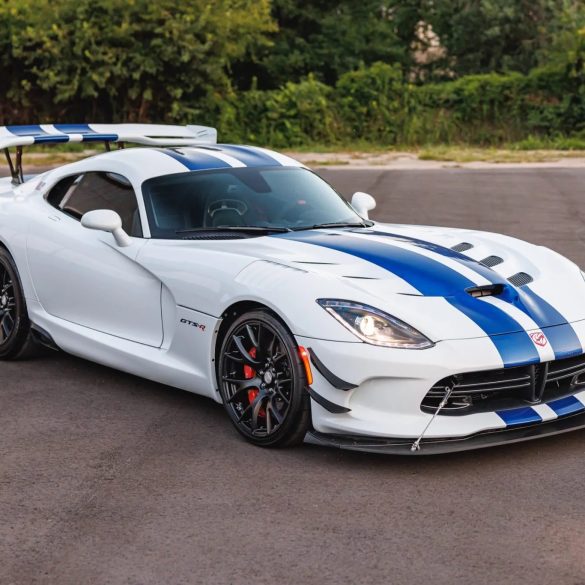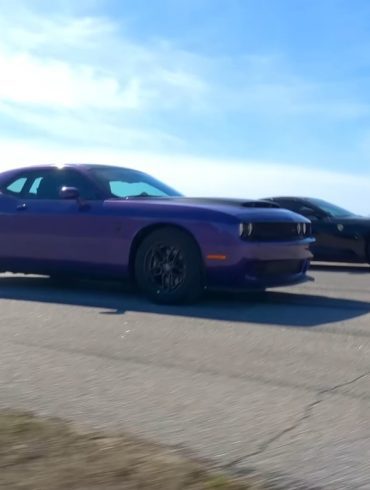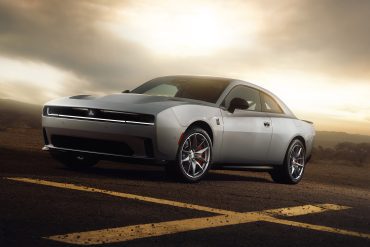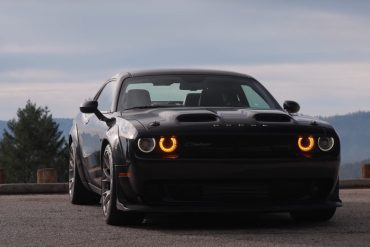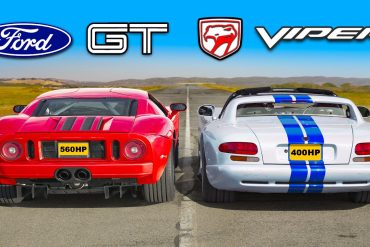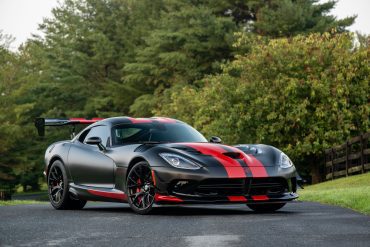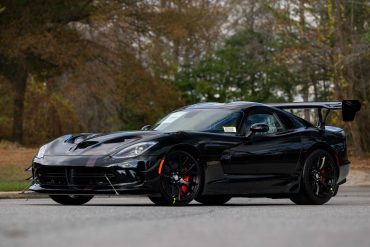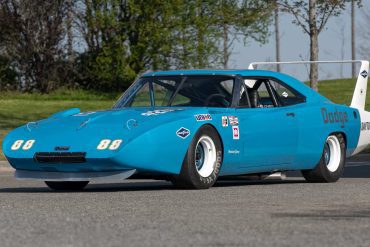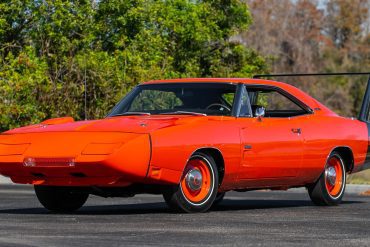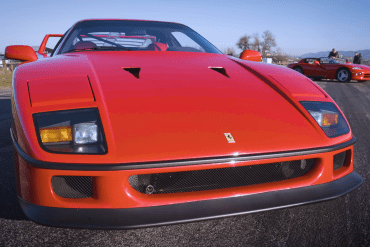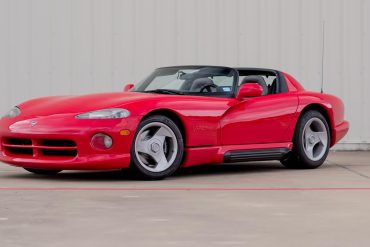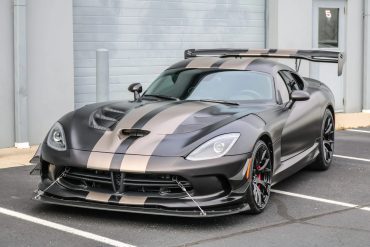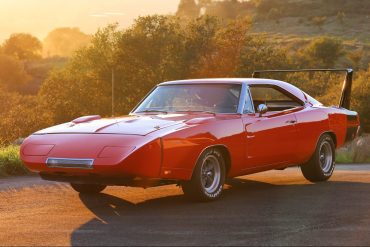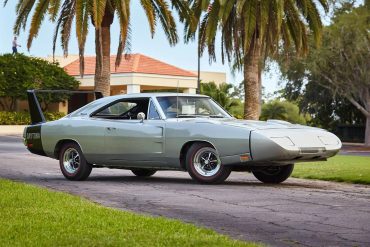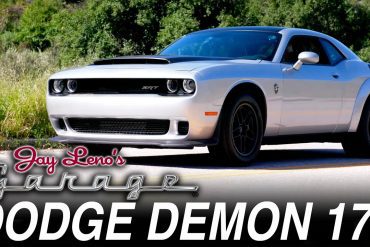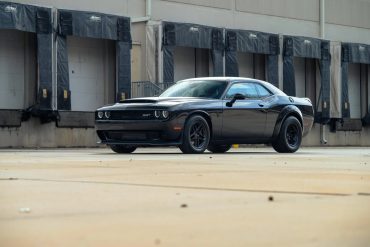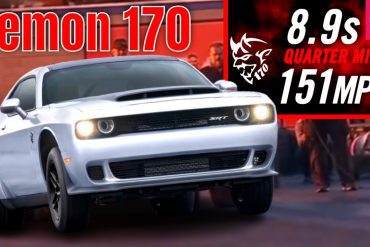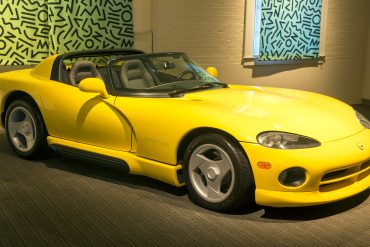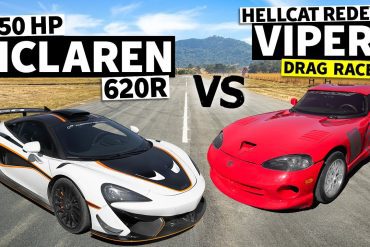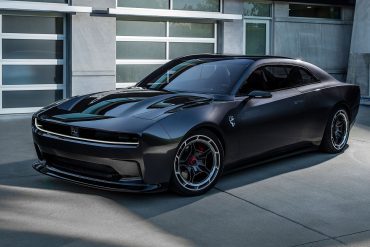Dodge has played a significant role in shaping the automotive industry for over a century. Founded in 1900, the company has been at the forefront of automotive innovation, producing a diverse range of vehicles, from reliable family cars to powerful muscle cars.
Dodge was founded in 1900 by brothers John and Horace Dodge in Detroit, Michigan, initially as a supplier of automobile parts. The Dodge brothers' reputation for quality craftsmanship quickly earned them recognition, leading to a partnership with Henry Ford in 1903, where Dodge supplied key components for the first Ford cars.
In 1914, the Dodge brothers decided to establish their own automobile brand, introducing the Dodge Model 30. This vehicle was a significant milestone, featuring an all-steel body, a 12-volt electrical system, and a four-cylinder engine, making it a formidable competitor in the automotive market.
Throughout the 1920s and 1930s, Dodge continued to expand its lineup, producing reliable vehicles for a variety of markets. The company's growth attracted the attention of Chrysler Corporation, which acquired Dodge in 1928. This acquisition marked the beginning of a new era for Dodge, allowing it to leverage Chrysler's resources and expand its lineup further.
In the 1950s, Dodge embraced the American car culture, introducing stylish, performance-oriented vehicles, including the Dodge Royal, Coronet, and Custom Royal. These models featured sleek designs, powerful V8 engines, and distinctive styling cues, making them popular among car enthusiasts.
The 1960s and 1970s saw Dodge enter the muscle car market, a move that solidified its place in automotive history. The introduction of the Dodge Charger in 1966 marked a significant shift, offering a blend of power and style that resonated with car enthusiasts. The Charger was followed by the Dodge Challenger in 1970, further expanding Dodge's muscle car lineup.
Both models offered a range of powerful V8 engines, including the legendary 426 Hemi, producing up to 425 horsepower. These cars became cultural icons, appearing in movies, television shows, and motorsports, cementing Dodge's reputation as a key player in the muscle car segment.
In the 1980s, Dodge diversified its lineup, offering a range of compact and midsize cars, including the Dodge Aries and Dodge Daytona. The company also entered the minivan market, introducing the Dodge Caravan in 1984, which quickly became a popular family vehicle, helping to establish the minivan segment.
The 1990s saw Dodge continue its diversification, introducing models such as the Dodge Neon, a compact car that gained popularity for its affordability and efficiency. The decade also saw the introduction of the Dodge Viper, a high-performance sports car featuring a V10 engine and aggressive styling, further solidifying Dodge's position in the performance car market.
The 2000s marked a return to Dodge's muscle car roots, with the reintroduction of the Dodge Challenger in 2008. This third-generation Challenger blended classic design cues with modern engineering, featuring retro-inspired styling, a range of powerful engines, and modern technology.
Dodge continued to innovate, introducing the Dodge Charger SRT Hellcat in 2015, featuring a 6.2-liter supercharged Hemi V8 engine, producing 707 horsepower. This marked Dodge's commitment to delivering high-performance vehicles, positioning the Charger as one of the most powerful sedans on the market.
Dodge Charger: The Charger has evolved from its muscle car roots into a modern performance sedan, offering a variety of powerful engines and high-performance variants, including the SRT Hellcat and Hellcat Redeye.
Dodge Challenger: The Challenger, reintroduced in 2008, combines classic styling with modern engineering, offering a range of V6 and V8 engines, including the SRT Hellcat and Hellcat Redeye models, delivering exceptional performance.
Dodge Viper: Introduced in 1992, the Viper was a high-performance sports car featuring a V10 engine and aggressive styling. Its various iterations have maintained its status as a formidable sports car, gaining a dedicated following among enthusiasts.
Dodge Caravan: The Caravan, introduced in 1984, marked Dodge's entry into the minivan market, offering a practical and versatile family vehicle. Its success helped establish the minivan segment, making it a staple in the automotive industry.
Dodge's journey through automotive history has been marked by innovation, diversification, and a dedication to performance. From its early days as a supplier to its current status as an iconic American automaker, Dodge has consistently produced vehicles that capture the spirit of their time, blending heritage with modern engineering. Its lineup, from muscle cars to minivans, has left a lasting impact on the automotive world, ensuring Dodge's legacy as a key player in the industry for generations to come.
Dodge Basics
Company type: Private (1900–28)
Division: 1928–present
Founded: December 14, 1900
Where: Detroit, Michigan, U.S.
Founders: John Francis Dodge and Horace Elgin Dodge
Fate: Acquired by Chrysler in 1928
Headquarters: Michigan, U.S.
Parent: Stellantis North America
Did You Know?
The Dodge Brothers, John and Horace, started out as parts suppliers for Ford in 1901, and launched their own vehicles in 1914.
Dodge played a significant role in both World Wars by producing military vehicles, engines for bombers, and even becoming part of the first mechanized cavalry unit.
In the 1960s and 70s, Dodge unleashed a barrage of iconic muscle cars like the Charger, Challenger, Coronet, and Dart, leaving their mark on automotive history.
Dodge cars, especially the Charger Daytona in the late 60s, were so successful on the NASCAR circuit that rule changes were made to level the playing field.


